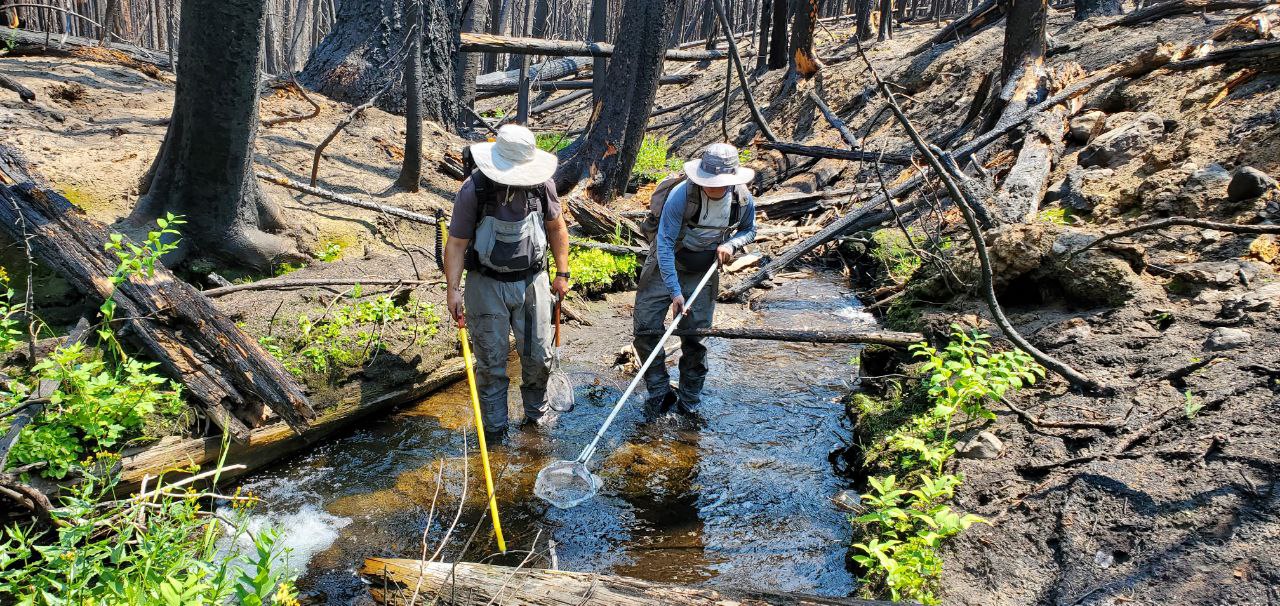A small, isolated population of bull trout in west-central Idaho is in peril due to rapid brook trout expansion, and Fish and Game, Idaho Power Company and the U.S. Forest Service are working together this summer to help prevent this population from blinking out.
The bull trout restoration project will take place between Aug. 5 and Aug. 12. Idaho Fish and Game staff will treat the uppermost 2.8-mile stretch of the Crooked River drainage with rotenone to halt the upstream expansion of non-native brook trout and reduce competition for the native bull trout population. The treatment area will span from the headwaters near Summers Grave, downstream to the upper extent of Forest Service Road 50772 (Long Saddle).



